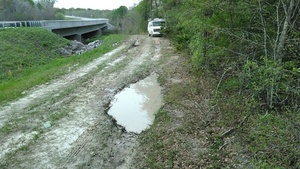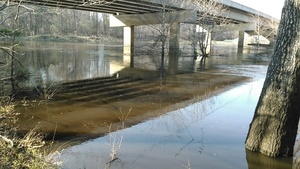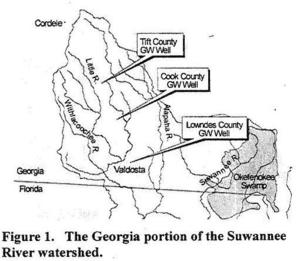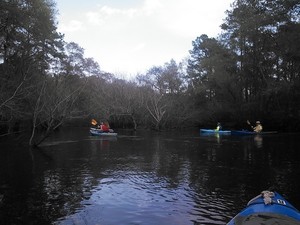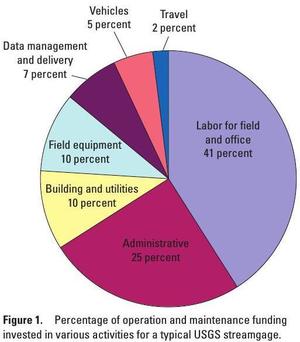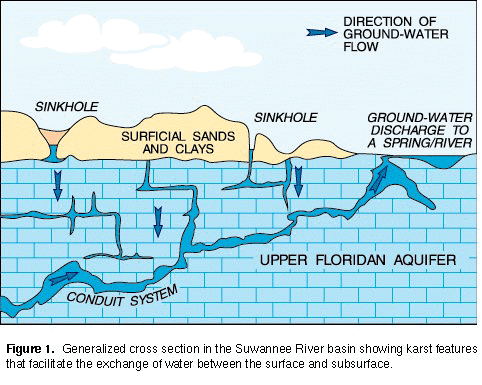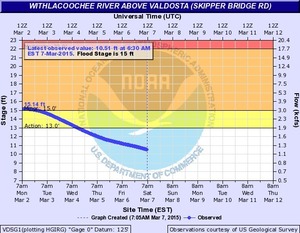Valdosta already had an airplane fly over Lowndes County and collect
Light Detection and Ranging (LiDAR) data for flood mapping.
 Will Lowndes County step up and match Valdosta on this project
that affects everybody in the county (and downstream into Florida)?
Valdosta
started this LiDAR project in March 2015, and
Valdosta fronted the entire cost to get it done,
we know because Valdosta Assistant Director of Utilities Emily Davenport
and Valdosta City Council Tim Carroll told us at a meeting Valdosta held
at the request of WWALS for interested parties downstream in Florida
and from as far away as Atlanta.
Will Lowndes County step up and match Valdosta on this project
that affects everybody in the county (and downstream into Florida)?
Valdosta
started this LiDAR project in March 2015, and
Valdosta fronted the entire cost to get it done,
we know because Valdosta Assistant Director of Utilities Emily Davenport
and Valdosta City Council Tim Carroll told us at a meeting Valdosta held
at the request of WWALS for interested parties downstream in Florida
and from as far away as Atlanta.
On the agenda for the 8:30 AM Monday morning Lowndes County Commission Work Session, item 7.d. Continue reading

